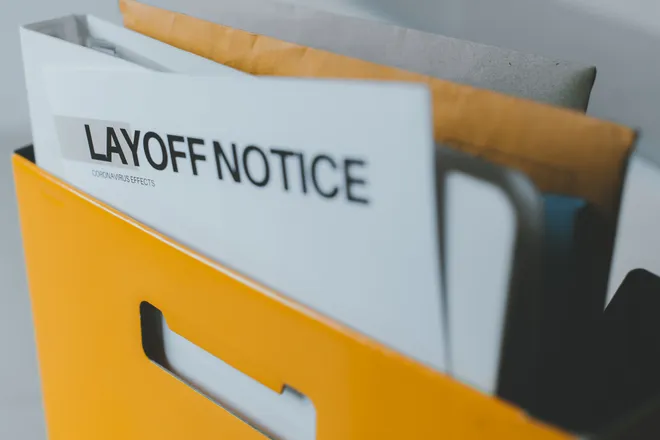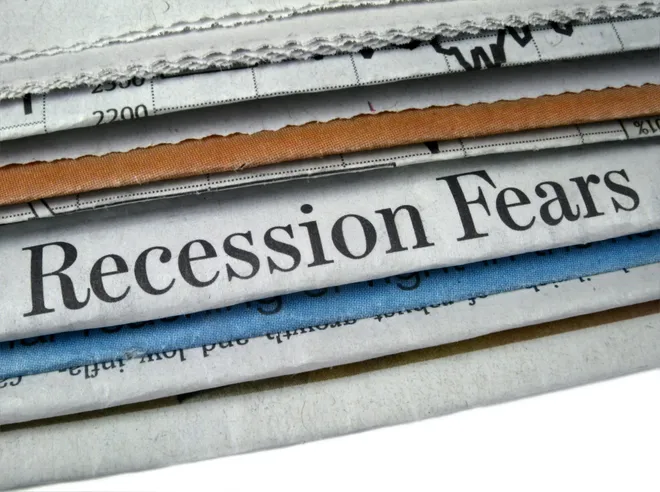Are we in a recession? The Sahm rule explained
The number of jobs added last month fell short of expectations and unemployment was on the rise, triggering a measure that has typically meant the U.S. is now in a recession.
The economy has been unusually defiant, with the nation’s gross domestic product continuing to grow, and employment trends reflecting the unusual forces that came into play during the COVID-19 pandemic, which dramatically disrupted the labor market.
That combination of factors has led most economists to determine that the "Sahm rule" probably doesn't apply right now. But for roughly five decades it has predicted every downturn.
So what exactly is the Sahm rule?

What is the Sahm rule?
The Sahm rule is named for noted economist Claudia Sahm, who has accurately forecast every U.S. recession since the 1970s.
Basically the rule says that if the jobless rate, based on a three-month average, is a half percentage point above its lowest point over the previous 12 months, the economy has tipped into a recession.
Friday’s jobs report technically meets the Sahm rule's criteria. The jobless rate in July rose from 4.1% to 4.3%, ticking the three-month average more than a half point above the 3.6% average one year ago.

The calculation is based on the fact that rising unemployment typically follows a spike in layoffs. And people who find themselves suddenly out of work often spend less, putting a dent in business profits, which can lead them to lay off more employees.
Will the Sahm rule apply this time?
It's not likely, many economists say.
Though layoffs have reached their highest levels in over a year, according to the filing of unemployment insurance claims, they remain historically low. The key reason? Employers have generally hesitated to cut their staffs in the wake of COVID-related labor shortages that hindered their operations during the pandemic, says Ryan Sweet, chief U.S. economist at Oxford Economics. The unemployment rate is also historically low despite its increase.
Fed Chair Jerome Powell responded to a question about the rule at a news conference Wednesday following the Fed's decision to keep the key interest rate unchanged. “It's not like an economic rule where it's telling you something must happen.” He continued, “what we think we're seeing is a normalizing labor market and we're watching carefully to see if it turns out to be more."
And Sahm, for whom the rule was named, wrote in a recent post, that “A recession is not imminent, even though the Sahm rule is close to triggering…The swing from labor shortages caused by the pandemic to a burst in immigration is magnifying the increase in the unemployment rate.”

So why are jobless numbers up?
The rising unemployment rate is due in part to a growing number of people looking for work including those who'd left jobs during the pandemic to look after loved ones or for health reasons, and others lured back by rising wages, Sweet says.
Additionally, roughly a third of the 3 million new positions added last year were filled by recent immigrants, according to estimates from RBC Capital Markets. But new immigrants also have more difficulty finding work initially, which contributes to a higher jobless rate, Goldman Sachs says.
Disclaimer: The copyright of this article belongs to the original author. Reposting this article is solely for the purpose of information dissemination and does not constitute any investment advice. If there is any infringement, please contact us immediately. We will make corrections or deletions as necessary. Thank you.







